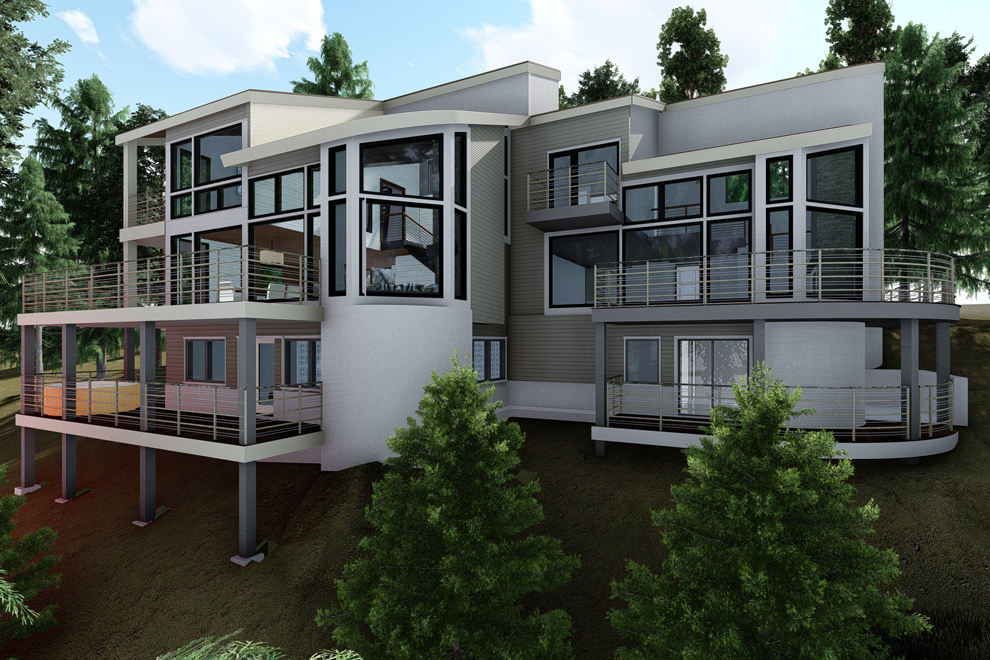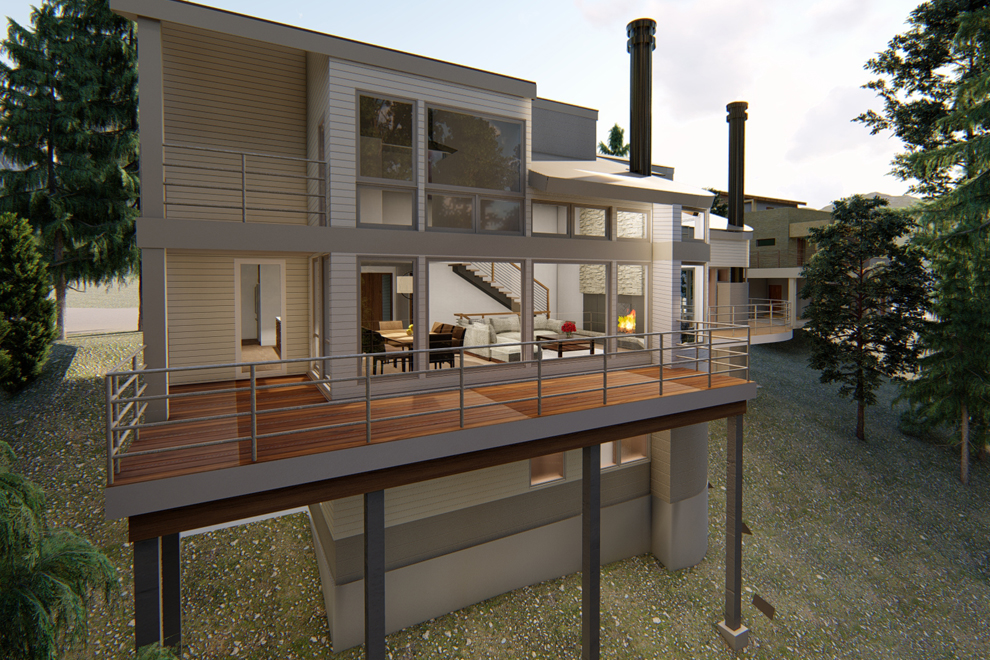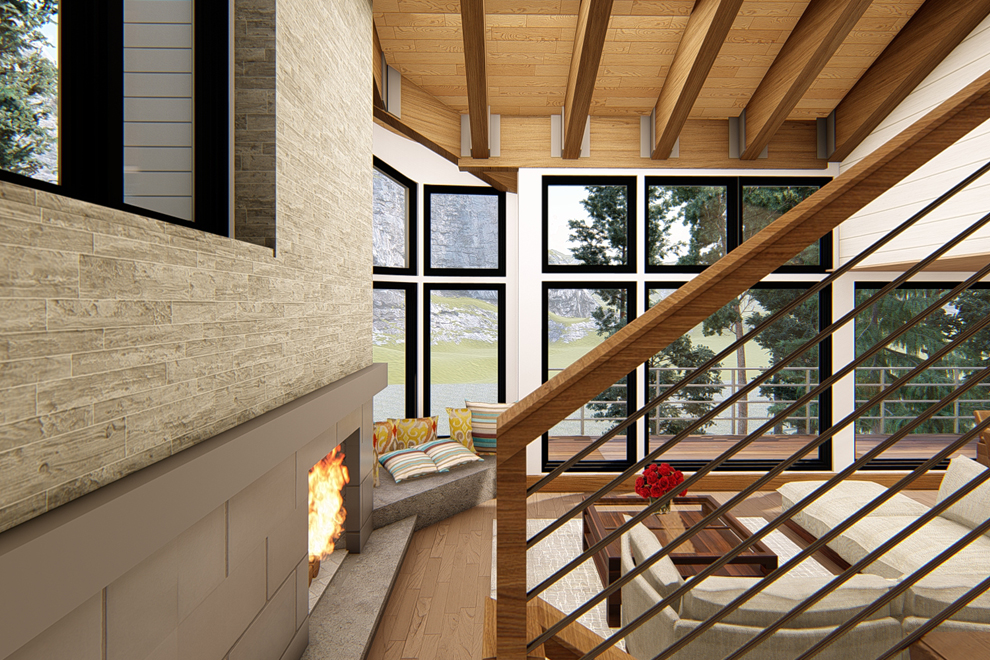
5 Things to Consider When Building a Home in the Mountains
Building in the mountains is an art as much as it is a science. It requires a deep respect for the land, an understanding of how structures interact with the environment, and a vision that seamlessly blends architecture into the natural surroundings.
At Camens Architectural Group, chief architect Marc Camens approaches mountain homes with the same philosophy he applies to waterfront properties, the transition from interior to exterior should be effortless, the home should wrap around the lives of the people who inhabit it; and the structure should feel like it belongs in its setting.
Here are five key considerations when designing and building a home in the mountains:
1. The View is Everything — but Balance is Key
Just as a waterfront home is oriented toward the water, a mountain home is all about capturing the right vista. Are you looking out over a valley, toward a ridgeline, or into a dense forest? It’s one of the reasons Camens prioritizes personal interaction with the site — early in the design process. “When I stand where different rooms of the home might be, I can visualize how to orient rooms in the floorplan based on what’s really happening on the site,” he says.
That decision determines not only things like the positioning of windows but also the proportions of glass to solid structure. Too much glass, and you risk a home that feels exposed or out of place. Instead, the architecture should frame and celebrate the view while maintaining a sense of shelter and warmth.

2. Seamless Integration into the Landscape
Nature is so vast and so powerful that it’s easy to feel small in the shadow of a mountain. That’s why another guiding principle of building in the mountains — especially a region like the Adirondacks — is that a home should beautifully blend into its surroundings while ensuring people feel comfortable within it. This often means using natural materials — warm woods and earthy stones — that mirror the surroundings and even blur the edges between the two. This kind of detail and texture makes it easier for people to view and be a part of nature.
The verticality of the site is also important for the structure to feel seamlessly integrated. In a mountain setting, a home should feel anchored to the land rather than imposed upon it. This can be achieved through thoughtful layering of spaces and a design that follows the contours of the site.
3. Site Access Dictates Experience
In the mountains, site access is a defining factor in a home’s layout. Are you arriving from above, winding your way down a mountain road? Or are you approaching from below, climbing upward?
The access point determines how you experience the home from the moment you arrive. It influences where the garage is placed, how public and private spaces are arranged, and the overall flow of movement through the structure.
Camens lets the land guide these decisions, ensuring a natural and intuitive progression from arrival to entry to living spaces.

4. Respecting the Elements
Mountains come with their own unique set of challenges, particularly when it comes to water management. A well-designed mountain home considers how water moves down the slope — whether it’s rain, melting snow, or natural springs.
The shape of the building, the grading around the foundation, and strategic waterproofing measures are all critical to longevity. Cutting into the mountain requires careful planning to ensure proper drainage, prevent erosion, and maintain structural integrity over time.
5. Building for the Future — Durability and Sustainability
A mountain home must stand up to the elements. High winds, heavy snowfall, and fluctuating temperatures all require durable materials and smart construction techniques. Sustainability also plays a key role. Using locally sourced materials, designing for energy efficiency, and minimizing the impact on the surrounding ecosystem ensure that the home not only lasts for generations but also honors the landscape it inhabits.
Mountain homes should be more than just structures — they should be experiences. Each design is a dialogue with the landscape, a reflection of the homeowner’s vision and how they live, and a tribute to the beauty of nature.

–
When designed by one of the best residential architects like Camens using fully integrated design principles, a mountain home feels as though it has always been there — an organic extension of the terrain, built not just to look at the view but to become part of it. Contact us today!
